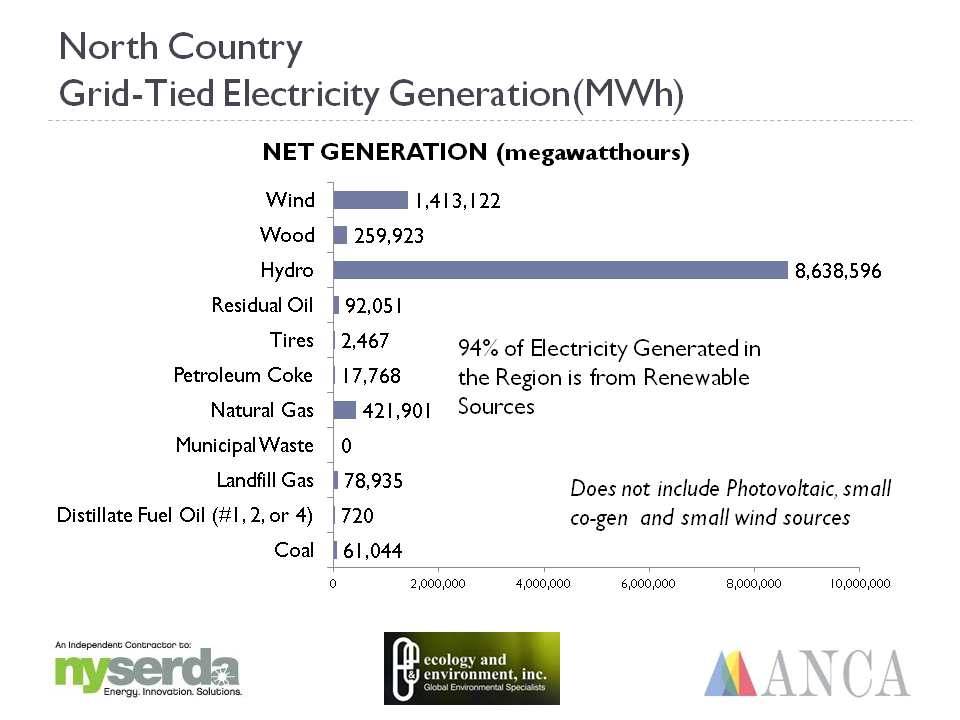You might be wondering what whales have to do with a blog on local energy.
After 25 years of working in the environmental field, I believe one thing to be true: all environmental problems can be solved by modelling human systems on ecological principles. Humans have much to learn — from our animal friends specifically and from ecological principles in general — about how to capture energy as efficiently and sustainably as possible. 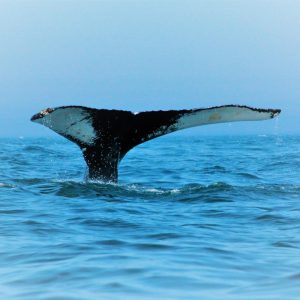
Which brings us back to whales. The whale in this picture — a Humpback named Magpie — spends her days off the western coast of Nova Scotia in the Bay of Fundy. Magpie and a rich diversity of marine wildlife spend their summers in these waters to feed on the abundance of nutrient rich plankton. The plankton thrive here because the Bay of Fundy is home to the greatest tidal range in the world with tidal flows of 160 billion gallons of water/day.
Residents of the Digby Neck, which juts into the Bay, will soon also be harnessing energy embedded in this moving water through an innovative contraption called a tidal generator.
When returning from a magical whale-watching trek, floating blissfully alongside Magpie and several Atlantic White-sided Dolphins, as my fellow whale watchers clamored for a better look at seals and puffins, I was craning to get a better view of a 300KW newly installed generator tethered offshore. Our captain was to be managing the system all winter so I gleefully listened to him describe how the drone-like props would be dropped in the water, spinning with the tides to generate electricity which would be sent through cables to nearby island communities.
Sitting at our campsite that evening near the fog-covered ocean, listening to surfacing whales flush water from their snouts, a thread emerged in my mind linking my maritime getaway to my life back home in the Adirondacks and this blog. Following the ways of the whales, Nova Scotian Islanders are harnessing energy sources that are locally available, which is key to addressing the daunting impacts of our current energy model.
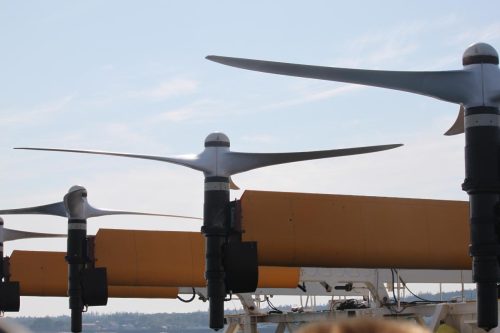
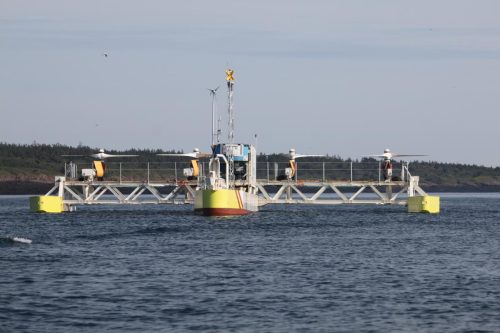
The tidal generating station is a small piece of a distributed energy system. Distributed systems, in contrast to the currently dominant centralized systems, which are fossil fuel intensive and remotely sited, incorporate a broad range of power sources linked through multiple connections, using “smart” technology.
New York State’s recently adopted Climate Leadership and Community Protection Act, which requires 100% clean power by 2040, along with its Reforming the Energy Vision initiative will spur a vast network of these distributed systems, each incorporating regionally available resources. ANCA wholeheartedly supports New York’s aggressive leadership and applauds their vision to develop distributed, locally sourced energy systems throughout the state; but we also believe that achieving these goals should not happen at the expense of the communities where renewable projects are sited.
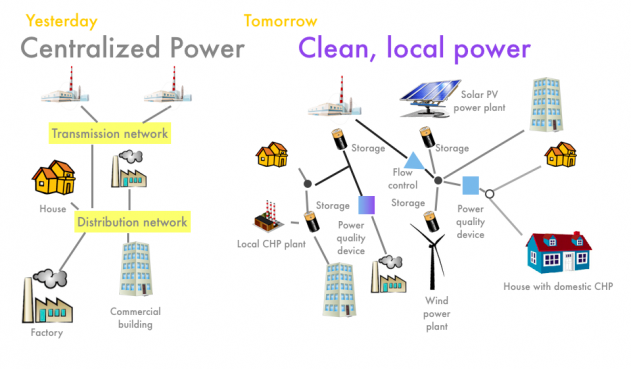
Wide open spaces and abundant water supplies are assets in a region that generates 94% of its electricity from renewable sources such as wind and hydroelectricity. NYS has long valued the North Country as integral to achieving its statewide clean energy goals because of this, but many communities are not convinced about the regional benefits of these projects. As hundred-acre large-scale solar developers eye the wide open North Country landscape, this concern is even more dire for municipalities faced with difficult land use and taxation decisions.
This story is about the importance of harnessing locally available resources for energy in creating a new paradigm that does not pollute our air and disintegrate our climate. Here in the North Country this discussion goes one step further.
As NYS blazes forward with its ambitious and inspiring energy goals, it is imperative to consider the concept of local energy comprehensively, guided by the eons old wisdoms of marine mammals and island cultures. The diverse and pristine North Country landscape is our Bay of Fundy. Open space, wind, trees, water and sun are our tidal flows. Just as Humpback whales do not eat coconuts, residents of Northern NY and Nova Scotia should not consume electricity generated by fossilized ancient plants and animals but should be harnessing the wind, sun, water and forests that are in our own backyard.
Are you ready to localize your energy? ANCA’s energy staff are happy to help you navigate your choices and to discuss how different options may impact your community.
